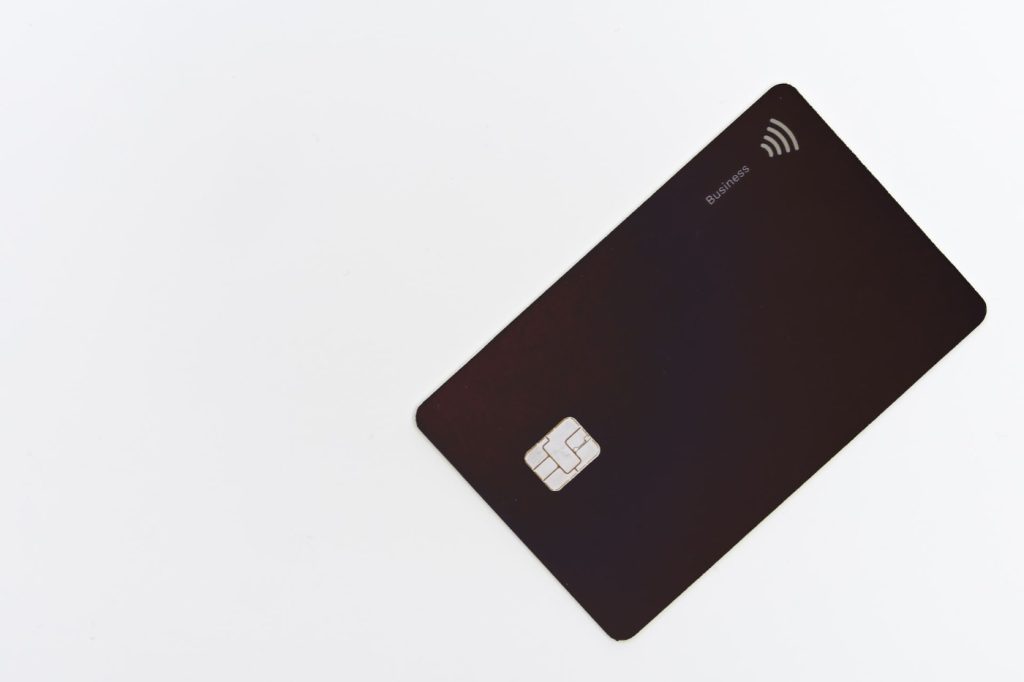Find everything you need to know to start accepting payment card transactions
PCI compliance is not high on the average startup CEO or CTO’s list of business goals. But even when you’re trying to minimize time to market, taking the time to build out a plan for reaching PCI compliance — or finding the resources you need to leave the difficult and time-consuming parts in trusted hands — can have a massive impact on your success down the line. But first you have to know what you’re dealing with. Here’s everything you need to know to get your business on the path to PCI compliance.
Jump to a section…
An Introduction to PCI Compliance
How To Meet Current and Upcoming PCI DSS Compliance Standards
Network Monitoring and Testing
PCI Compliance Services to Get Started Faster
Cloud Platform PCI Compliance: DuploCloud
Ecommerce PCI Compliance: Shopify
Compliance Framework Development: Secureframe
Monitoring and Security: AT&T CyberSecurity
Open-Source Intrusion Detection: OSSEC
An Introduction to PCI Compliance
While it isn’t legally mandated, if your business wishes to handle payment card information for transactions, it will need to attain PCI compliance. This means you’ve met the standards laid out by the Payment Card Industry Security Standards Council (PCI SSC), a governing body formed in 2006 by Visa, Mastercard, American Express, Discover, and JCB International. Each of these companies has agreed to include the PCI Data Security Standard (PCI DSS) as part of their technical requirements.
PCI DSS Compliance is organized into four different levels, with lower levels required for larger businesses and higher for smaller. Here’s an overview of Visa’s PCI compliance requirements:
- PCI Level 1 Compliance: Any business processing more than 6 million transactions per year must meet this most stringent standard by:
- Filing a formal Report on Compliance from a certified third-party assessor.
- Filing an Attestation of Compliance (AOC) from a similarly qualified assessor.
- PCI Level 2 Compliance: Businesses that process anywhere from 1 million to 6 million online transactions must reach this level by:
- Filing a self-assessment questionnaire (SAQ) as a purely internal evaluation.
- Filing an AOC.
- PCI Level 3 Compliance: This level is required for businesses that handle anywhere from 20,000 to 1 million annual transactions, and much like Level 2, is reached by:
- Filing an SAQ.
- Filing an AOC.
- PCI Level 4 Compliance: This least-strict level is intended for smaller businesses that handle fewer than 20,000 annual transactions and presents an option:
- Either file an SAQ or;
- Complete an “alternate verification exercise” as required by the bank receiving the business’ funds.
Failure to ensure PCI compliance while continuing to process payment card information for transactions can lead to serious financial consequences. If your business is the victim of a data breach while outside of compliance, is found to improperly store credit data, or does not sufficiently protect customer data, you may need to pay anything from small monthly penalties to fines of up to $500,000 per incident.
PCI-DSS compliance has 12 thorough requirements. Make sure you meet them all with our Complete PCI Compliance Checklist.

Cover all the fundamentals of handling payment card information online in a compliant manner with our guides “What Is PCI Compliance?”, “The 4 Levels of PCI Compliance Explained”, “What Is a PCI Attestation of Compliance?”, and “PCI Non-Compliance: Everything You Need to Know About Fees and Penalties.”
How To Meet Current and Upcoming PCI DSS Compliance Standards
The payment card industry currently requires businesses to be compliant with PCI DSS 3.2.1 in order to perform transactions with credit and debit cards. PCI DSS 3.2 was first introduced in October 2016 and mandated starting in February 2018, with 3.2.1 bringing more user-friendly language to the same standards as of January 2019. Reaching PCI DSS 3.2.1 compliance means demonstrating that your business’ payment card and customer information handling conforms across 12 requirements, each representing one of six larger categories:
Secure Network
- Cardholder data must reside behind a well-maintained firewall.
- No vendor-supplied default parameters for system passwords or other security measures may be used.
Cardholder Data Protection
- Stored cardholder data must be protected.
- Any cardholder data transmitted across open, public networks must be encrypted.
Vulnerability Management
- Anti-virus software must be used and regularly updated.
- Secure systems and applications must be developed and maintained.
Access Control
- Businesses’ access to cardholder data is only permitted on a need-to-know basis.
- Each person with access to the data must be assigned a unique ID.
- Any physical means of accessing cardholder data must be restricted.
Network Monitoring and Testing
- All access to cardholder data and related network resources must be monitored.
- All relevant security systems and processes must be tested at regular intervals.
Information Security Policy
- Your business must create, maintain, and administer a policy to address information security.
While PCI DSS 3.2.1 is the current standard for payment card processing, businesses can already begin preparing for the next generation of compliance standards. PCI DSS 4.0 was first released to the public in March 2022 and will officially replace 3.2.1 in March 2024, with PCI SSC mandating the new standards one year later.
In short, PCI DSS 4.0 puts a stronger emphasis on achieving a Zero Trust security framework for payment card information. Contrary to simply adding more rigid regulations to follow, the new version seeks to promote flexibility and a continuous security mindset in businesses that handle payment card information.
Regardless of version number, the PCI SSC takes the transmission of personal account numbers (PAN) related to payment cards very seriously. The payment card industry’s business hinges on customers putting faith in the security of their payment information, and strict enforcement of encryption and secure storage of PAN is how the industry ensures that trust remains intact.
Get your business ready to handle transactions now and in the future with our full guides, “PCI Compliance Certification for DSS 3.2: 4 Steps to Getting Certified,” “PCI Compliance & Credit Cards: 7 Things You Need to Know,” and “What Businesses Need to Know About PCI DSS 4.0 Compliance.”
PCI Compliance Services to Get Started Faster
Reaching PCI compliance can be a lengthy and intricate process to tackle on your own, especially for businesses operating at anything more strict than PCI Compliance Level 4. Fortunately, enterprises across industries have myriad ways to cross the compliance finish line faster and get back to focusing on what makes their business unique.
Here are some of the options to consider as you set a course toward PCI compliance.
Cloud Platform PCI Compliance: DuploCloud
Most security products check if required security controls are correctly implemented after your infrastructure is provisioned, which leads to a seemingly never-ending cycle of provisionig-correction-provisioning.. DuploCloud’s built-in security and compliance solution auto generates PCI DSS control implementations from the beginning of development, making it the only automation platform that can span both DevOps and security to ensure adherence to 90% of the controls set the first time — leaving a nominal amount of work between your business and full PCI compliance.
Ecommerce PCI Compliance: Shopify
If you’re planning to build out or expand an ecommerce business, starting your operations on top of Shopify’s proven platform means you can take PCI compliance concerns out of the picture completely. Simply use Shopify’s built-in payment processing services, which are Level 1 PCI compliant by default, and you’re set.
Compliance Framework Development: Secureframe
Secureframe offers a one-stop solution for custom-tailored PCI, offering businesses a library of compliance policies that can be easily adapted for individual purposes. Secureframe furnishes clients with a central dashboard for adjusting controls, and it continuously monitors and collects evidence to make subsequent compliance submissions even faster and easier than the first.
Monitoring and Security: AT&T CyberSecurity
Partnering with AT&T Cybersecurity makes it easier to ensure your business complies with PCI DSS regulations regarding file integrity monitoring, intrusion detection, and more. Its services can be deployed with certainty, sometimes taking as little as one day to set up.
Open-Source Intrusion Detection: OSSEC
If you prefer to monitor your own network with the help of industry-leading tools, OSSEC is an open-source and free intrusion detection system favored by IT teams across industries. Its scanning solution comes with a centralized management server to oversee policies, and it supports active monitoring of log activity to detect malicious applications such as rootkits before they can lead to costly data breaches.
Find the perfect platforms, services, and tools to help your business become PCI compliant in our complete guides, “The Big List of Companies Offering Turnkey PCI Compliance Services,” “13 PCI Compliance Solutions That Protect Sensitive Payment Information,” “11 PCI Compliance Services Helping Businesses Keep Financial Data Secure,” and “8 PCI Compliance Test, Scan, and Audit Tools That Help Secure Your Infrastructure.”








